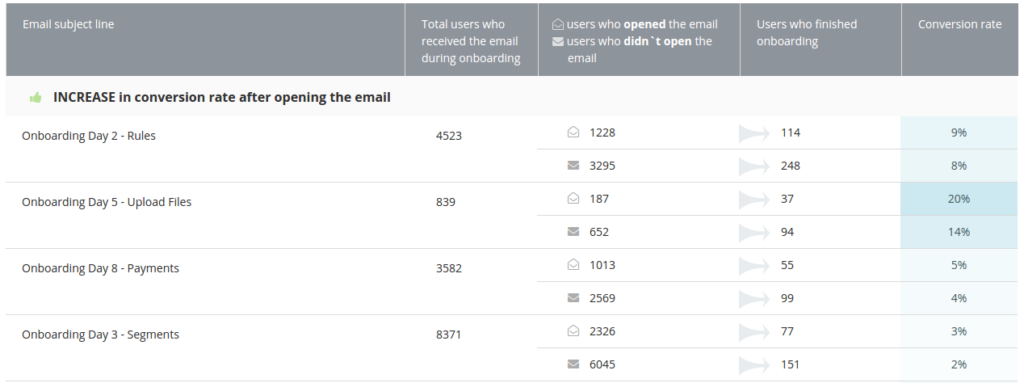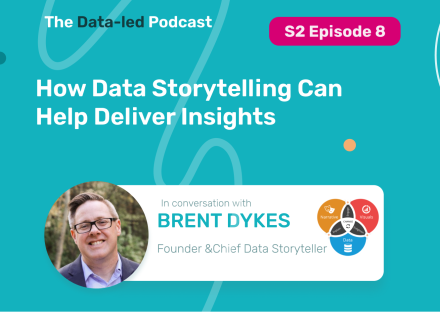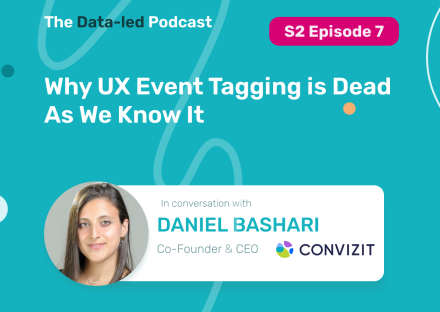Are you are having problems with the onboarding process?
You say problems? I say opportunities.
To optimize your onboarding process, you need to know what’s going wrong with it in the first place.
To do that, it is paramount to know the ins and outs of your onboarding process, and have a very clear view of its basics.
Once you’ve stripped it down to the bare essentials, it is time to analyze and see where there is the potential for improvement.
Rewind: how can you do that?
Here is a list of 5 questions that will help you dissect the onboarding process and spot where the problems lie.

1. What is the promise of your business?
Answer this question and you will determine exactly when the onboarding process ends.
Shouldn’t this be obvious?
Yes, it should. But, in reality, many companies consider that the onboarding finishes once users go through a step-by-step wizard telling them what the application does.
In fact, the onboarding only finishes when the users get what they were promised: the very reason your product was created for.
Take the case of https://www.xero.com/ – a software designed for accounting. Their promise on the homepage looks like this:

In this case, sending the first invoice represents the moment the user finishes the onboarding process. To learn more about how to determine where the onboarding ends, check out this article.
Why is it critical to answer this question?
Because the onboarding experience has a direct impact on converting users into paying customers, and thus on the retention and revenue of the company. If you do not know the ins and outs of this essential step in attracting customers, how could you ever improve it?
So, what is there to do?
Make sure that the promise you make is clear and reflects 100% the reality. If there is a discrepancy between what you advertise for and what the product really delivers your onboarding and retention rates will automatically go down.
2. What are the mandatory steps a new user needs to go through in order to reach the promise?
The onboarding funnel is the set of essential steps the users needs to take to finish the onboarding process. You can think of them as must-have milestones.
For instance, at InnerTrends this is how the onboarding process looks like:
- create account
- install browser extension
- replicate the behavior of an engaged customer inside your own application
- select engagement actions
- view reports
The onboarding process cannot be finished if the user skips any of these essential steps. This is not to say that they are are the only steps the user goes through during onboarding. In-between these milestones there are other actions the user will perform.
So, what is there to do?
Monitor these milestones and see which is the conversion rate between each step. You will thus be able to identify at which step you are losing most of your users, and look at what actions happen between that step and the following one.
A simple algorithm will be able to tell you the actions that influence users to drop off or to continue the onboarding process. (Hit reply if you are interested in learning more about this algorithm.)
Once you identify these actions you will know exactly what needs to be done to improve the onboarding process.
3. Which marketing channel drives the highest onboarding rate?
Prior to working with us, none of our customers were analysing the performance of a marketing channel based on whether the leads they generated finished the onboarding process or not. All they were interested in was how many leads they attracted, regardless of what happened with them afterwards.
And yet, most of the times, even the top marketing channels had very different onboarding rates in terms of numbers of generated leads.
The reason for that is that marketing channels, especially paid advertising, make different promises. And 2 different users that have different promises will have different expectations from your product.
How well the onboarding process matches those expectations has a huge impact on the onboarding rates. Sometimes it has an even bigger impact than how user-friendly your onboarding process is.
So, what is there to do?
Identify the marketing channel that bring users with high onboarding rates, and the ones that bring users with low onboarding rates.
The most efficient one will become the benchmark for improving the other marketing channels you are using.
As for the channels that generate the lowest onboarding rate, if they are paid channels you have 2 options:
- you can either give them up if there are too costly and too inefficient, or
- you can optimize them by adjusting the promises you make, so that they match reality.
There is too much choice on the market for the users to fall into traps and stay there. So don’t create false expectations!
4. What’s the influence of email, live chat and support during the onboarding process?
Companies can now easily find out how many users interact with them using certain channels (email, live chat or support) and how many users convert after this interaction.
For instance, a successful email is one for which the people that opened it converted much better than those that received it but didn’t open it. Here is an example:

But the true question is: how do these channels influence the user’s decision to onboard or not? In other words, how many users wouldn’t have converted if they hadn’t been approached through one of these channels?
Only by comparing these numbers can you figure out if these channels have a positive impact and to what extend. This way you can calculate much more accurately your investment in these channels.
So, what is there to do?
- First, identify every interaction that doesn’t have a positive impact.
- Second, optimize it till it does.
5. How long does it take to finish the onboarding process?
Two different numbers will answer this question (We have an algorithm for this as well – reply if you are interested):
- What is the average time for finishing the onboarding process? and
- What is the tipping point after which it’s very unlikely the user will finish this process?
This analysis should dictate the entire communication with the user during the onboarding process.
If the onboarding process only takes a few minutes, don’t design a campaign for optimizing the onboarding process that lasts for days or weeks.
If you are a B2B company with a complex onboarding process that lasts for a few weeks, don’t send all the emails that are part of your onboarding campaign in the first few days.
So, what is there to do?
Don’t try to change the onboarding time at any cost.
It might sound counterintuitive, but some people don’t like to be rushed, while others have good reasons for taking longer to go through the motions.
Our reports show that the longer some users take to finish the onboarding, the longer they stay with the product.
So, if you are not to push your users to finish the onboarding, what should you do?
Adapt your communication strategies to the way users spend their time during onboarding.
So remember, no process is perfect. But every process is perfectible.
Keep an open eye to the imperfections, and try your best at perfecting them!
If you’re looking to get deep insights into how your customers use your product, InnerTrends can help. You won’t have to be a data scientist to discover the best growth opportunities for your business, our software will take care of that for you.
Schedule a Demo with us and witness with your own eyes just how powerful InnerTrends can be.




